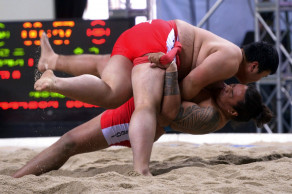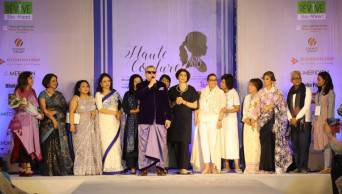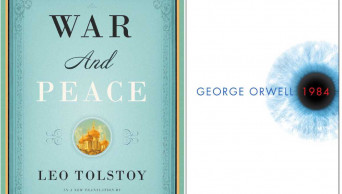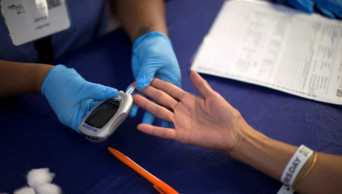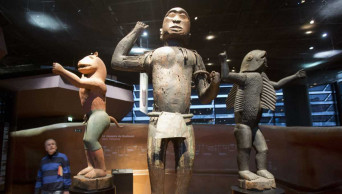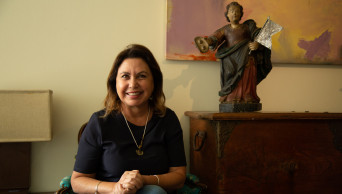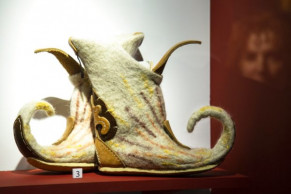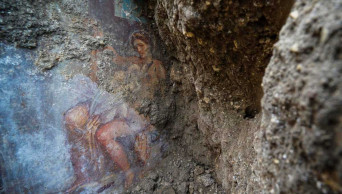Lifestyle
Koreas bid for UNESCO recognition of traditional wrestling
Seoul, Nov 26 (AP/UNB) — North and South Korea are making a first joint bid for an international recognition of Korean traditional wrestling.
Haute Couture: Ambassadors’ spouses walk the ramp for charity
Dhaka, Nov 24 (UNB) - A Haute Couture event raising charity for children, inspired by the Mother Teresa Charity Fund, took place at the city’s Le Meridien Hotel on Saturday, where strutting their stuff on the catwalk were a group of people we may be more used to seeing in far more staid circumstances.
Italy livid about deal to loan Leonardo works to Louvre
Rome, Nov 24 (AP/UNB) — So versatile were Leonardo da Vinci's talents in art and science and so boundless his visionary imagination, he is known to the world as the universal genius.
A look at the books which have inspired literary classics
New York, Nov 24 (AP/UNB) — Behind every great book are the books which influenced it. The "micro-learning" app and platform blinkist.com has been compiling literary sources for such classics as "A Clockwork Orange," ''Oliver Twist" and "1984."Mary Shelley's "Frankenstein" was inspired by each of her parents — William Godwin's "An Enquiry Concerning Political Justice" and Mary Wollstonecraft's "A Vindication of the Rights of Women."
40 million diabetics might face insulin shortage by 2030: study
San Francisco, Nov 24 (Xinhua/UNB)-- As the morbidity rate of type 2 diabetes keeps increasing, about 40 million people with the disease will not have access to insulin for treatment by 2030, a recent study from Stanford University suggested.
Fossil of plant-eating reptile found in southern New Mexico
Albuquerque, Nov 24 (AP/UNB) — The earliest known example of a plant-eating reptile has been found in the fossil record in southern New Mexico, the New Mexico Museum of Natural History said.
Time for France to give back looted African art, experts say
Paris, Nov 24 (AP/UNB) — African artworks held in French museums — richly carved thrones, doors to a royal kingdom, wooden statues imbued with spiritual meaning — may be heading back home to Africa at last.
Fashion show in city Saturday to help underprivileged children
Dhaka, Nov 23 (UNB) - A unique fashion show titled ‘Haute Couture’ will be held at hotel Le Meridien Dhaka on Saturday to raise funds for the underprivileged children in the country and promote new designers.
Russians keep alive winter boots tradition
Moscow, Nov 21 (AP/UNB) — As freezing temperatures are setting in, Russians are rediscovering an old winter staple — felt boots called valenki.
Sensual fresco discovered in ancient Pompeii bedroom
Rome, Nov 20 (AP/UNB) — Archaeologists have found a fresco in an ancient Pompeii bedroom that depicts a sensual scene of the Roman god Jupiter, disguised as a swan, and a legendary queen of Sparta from Greek mythology.
